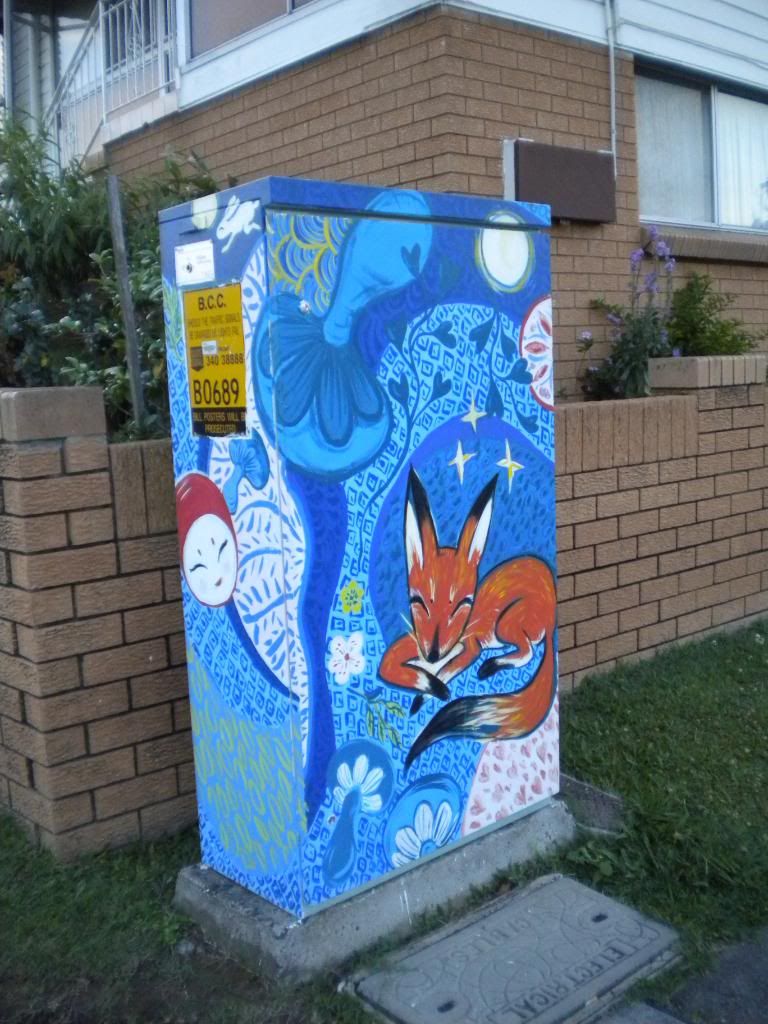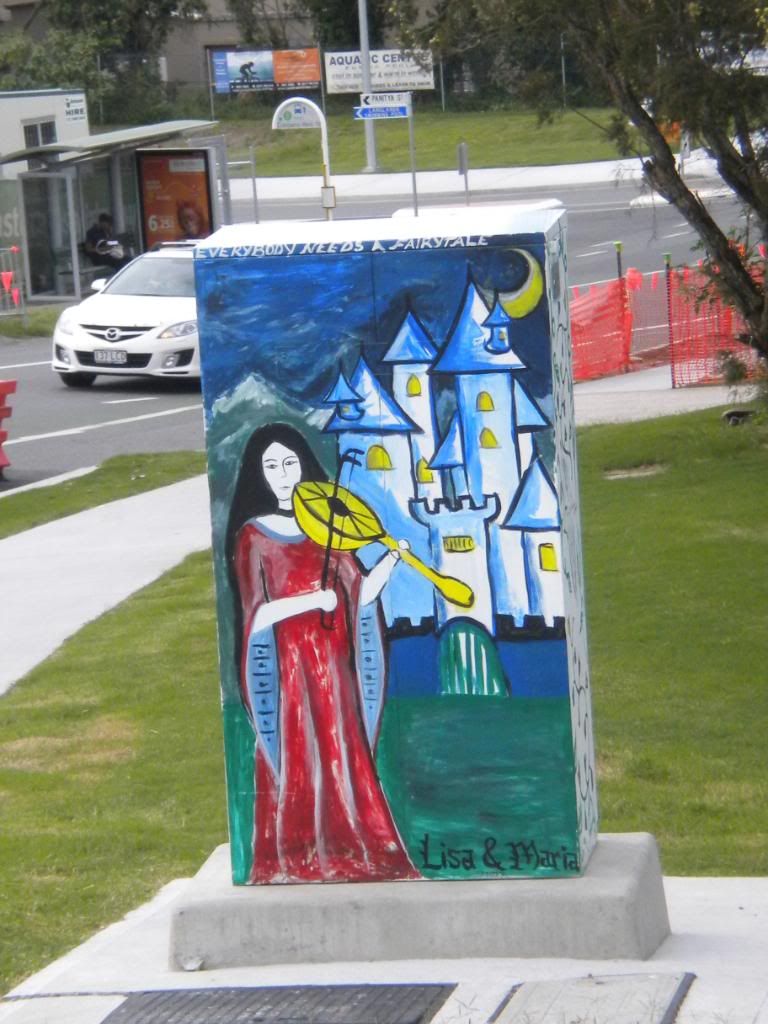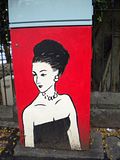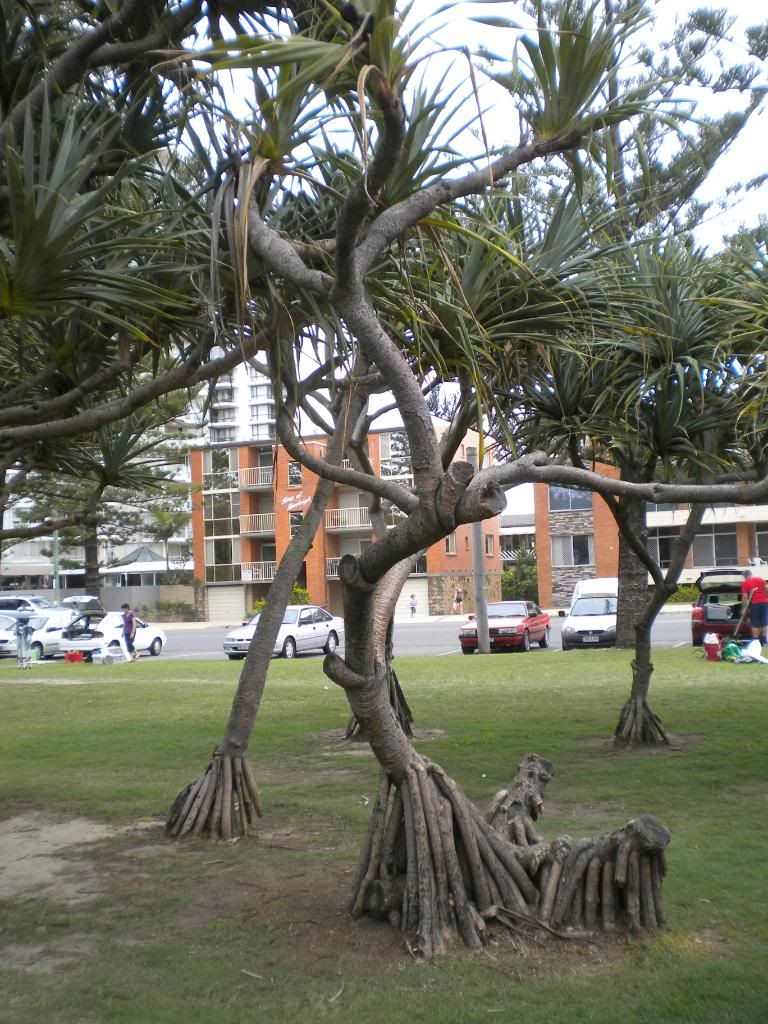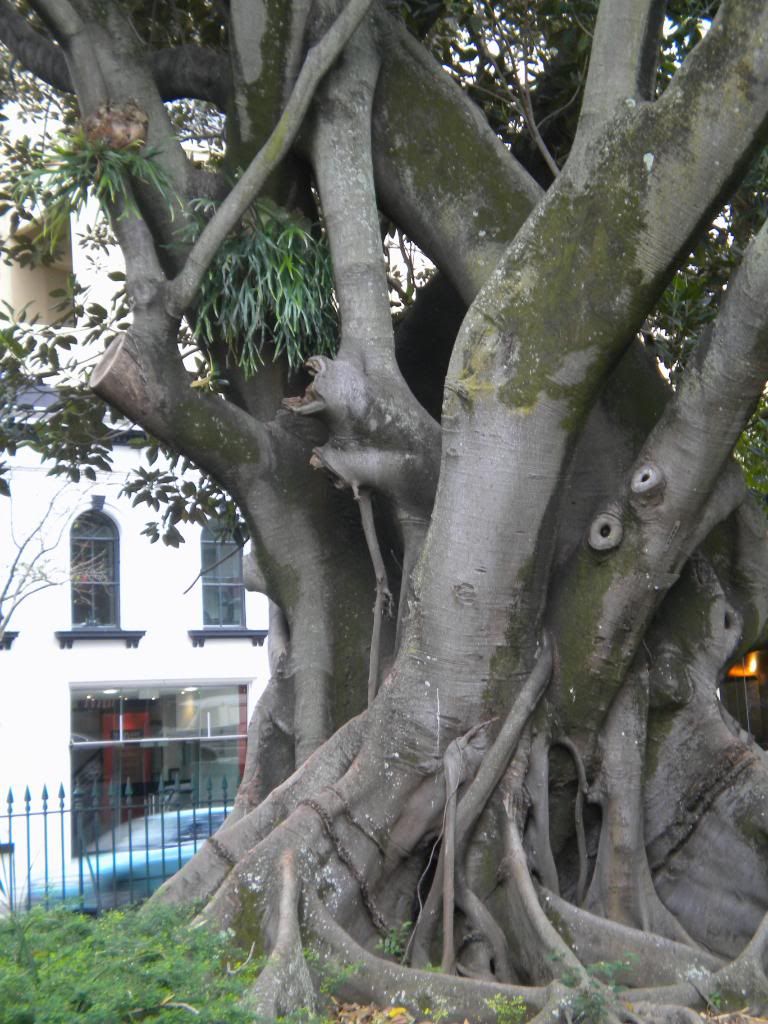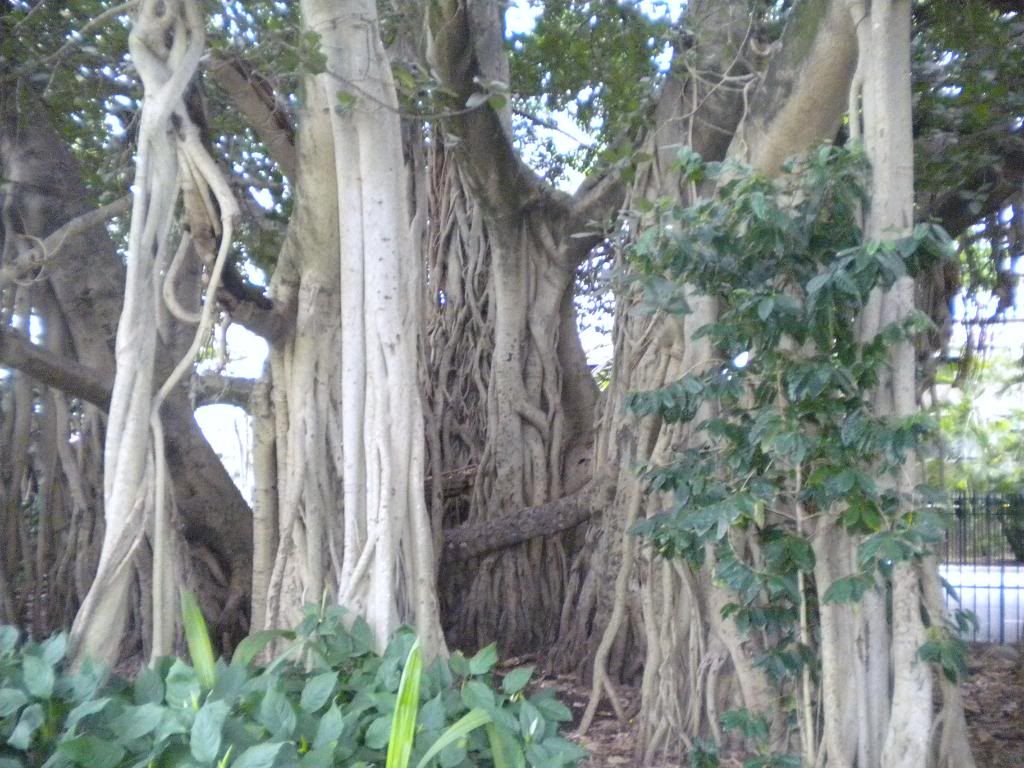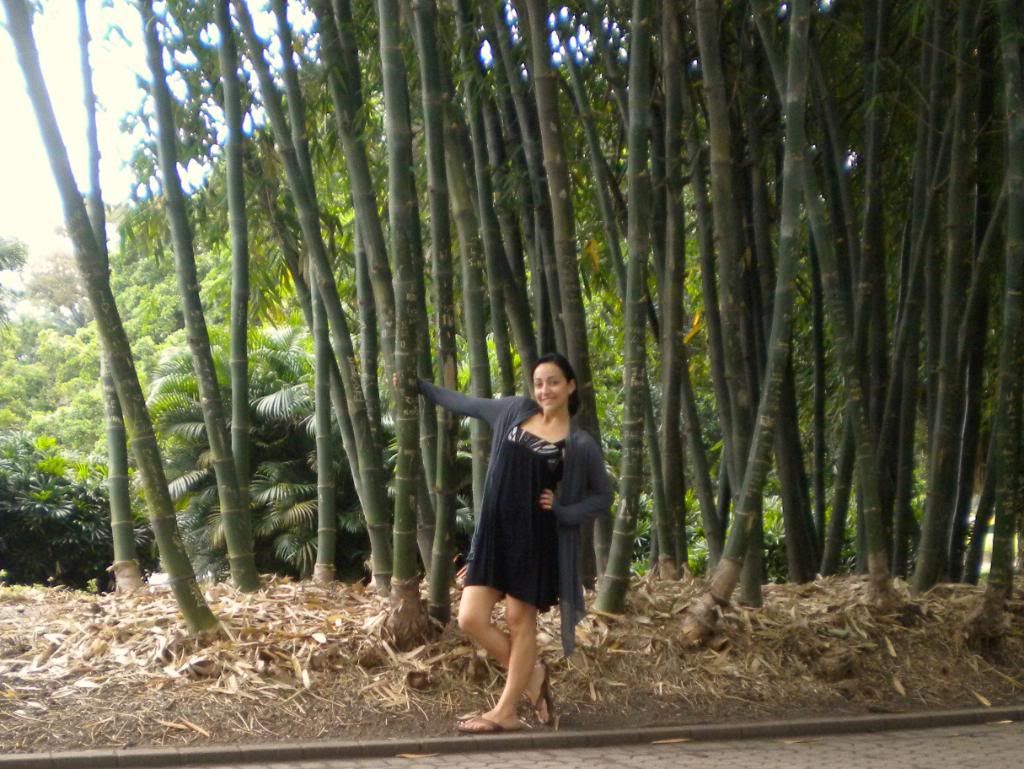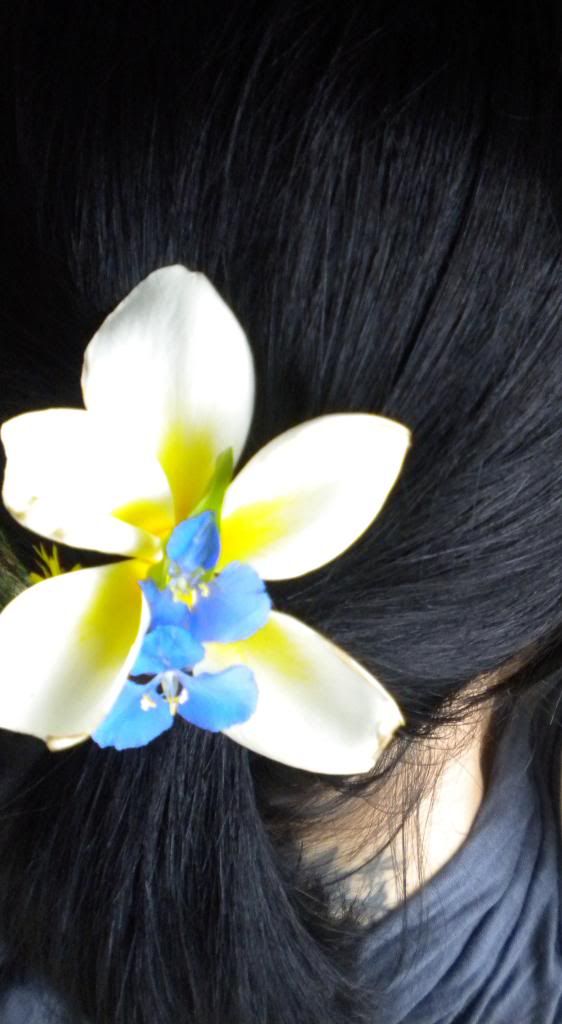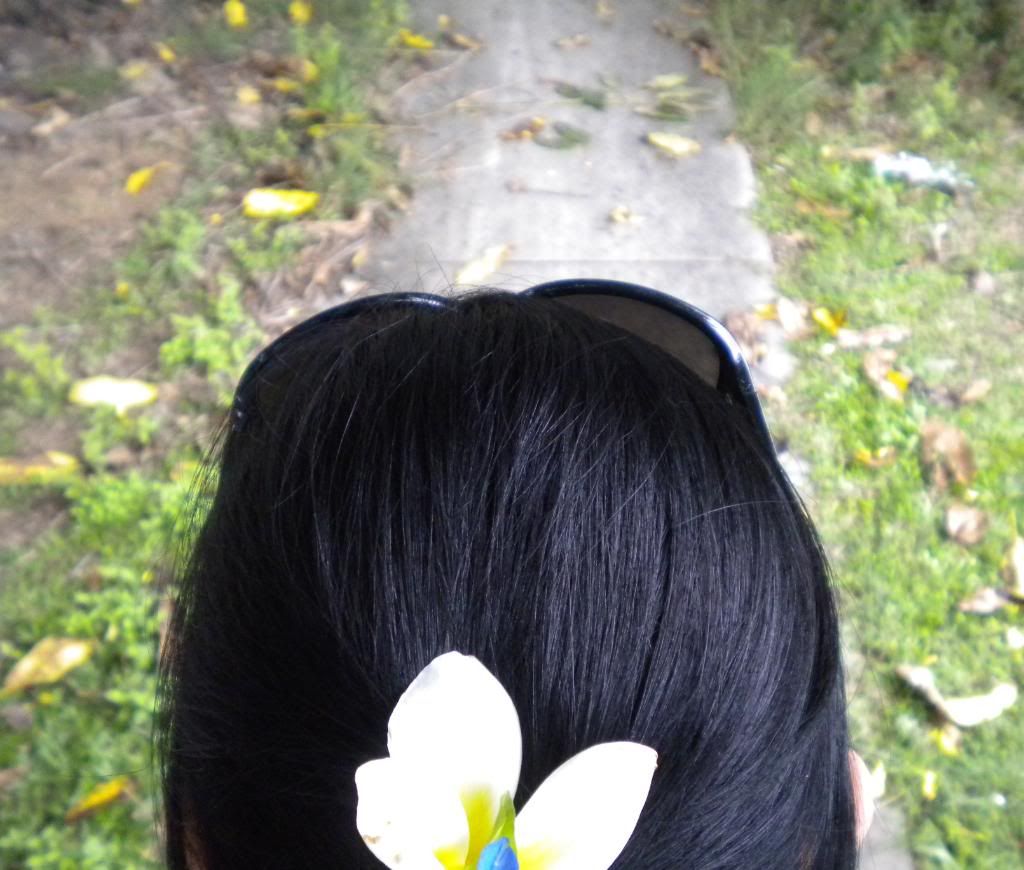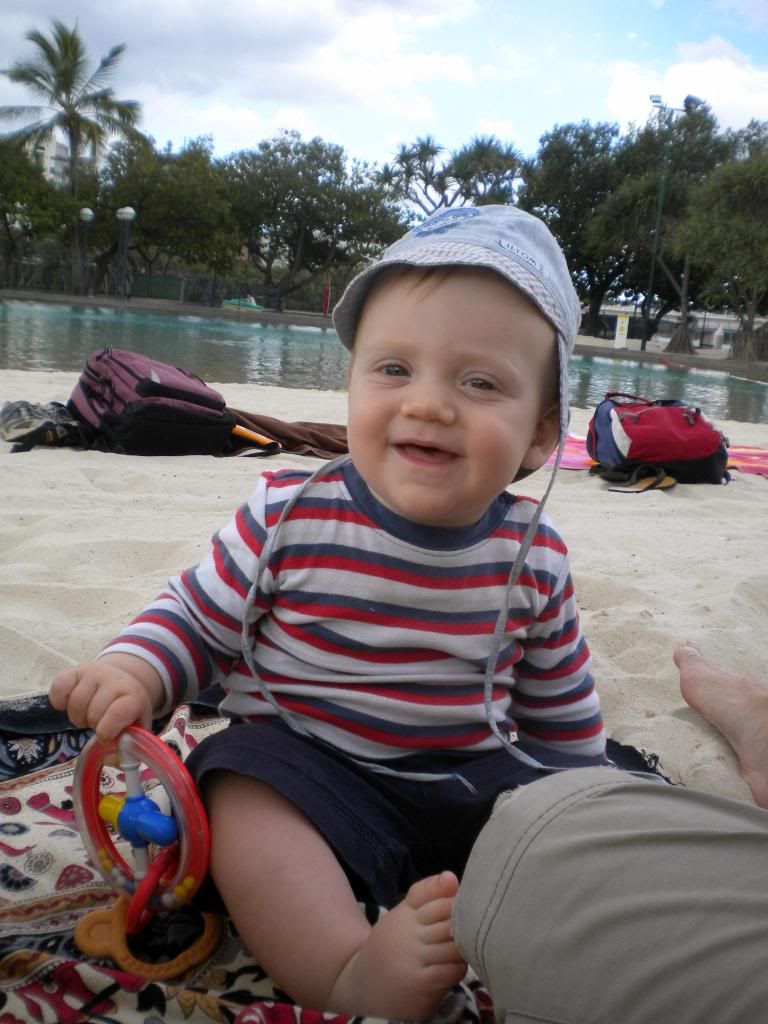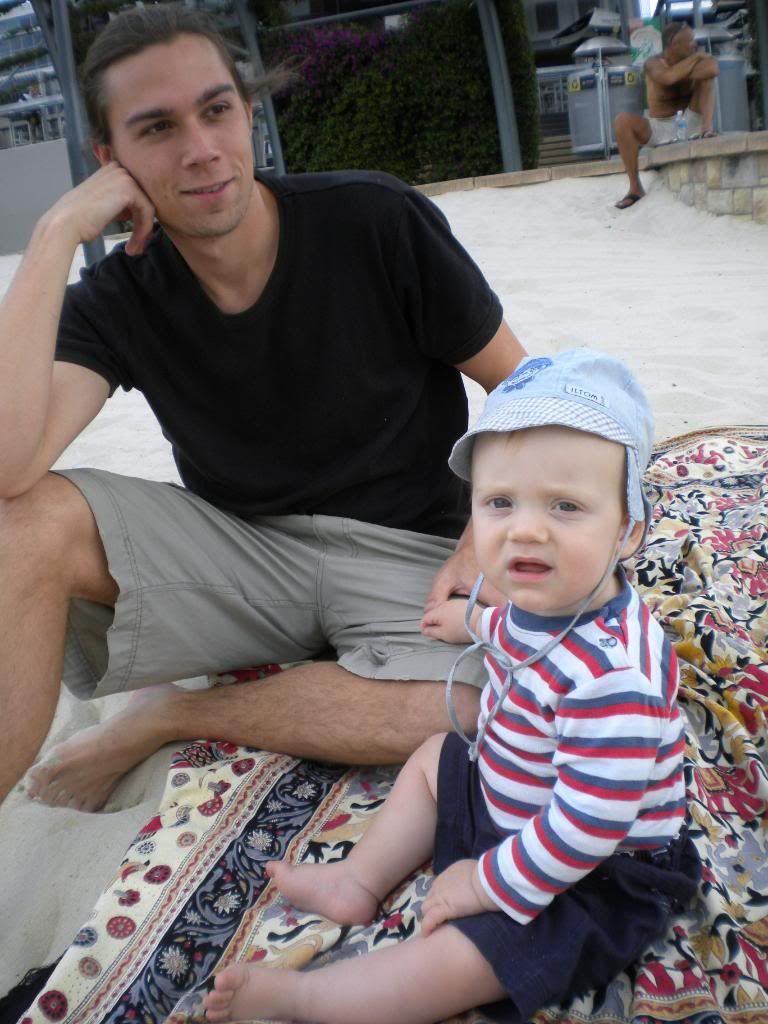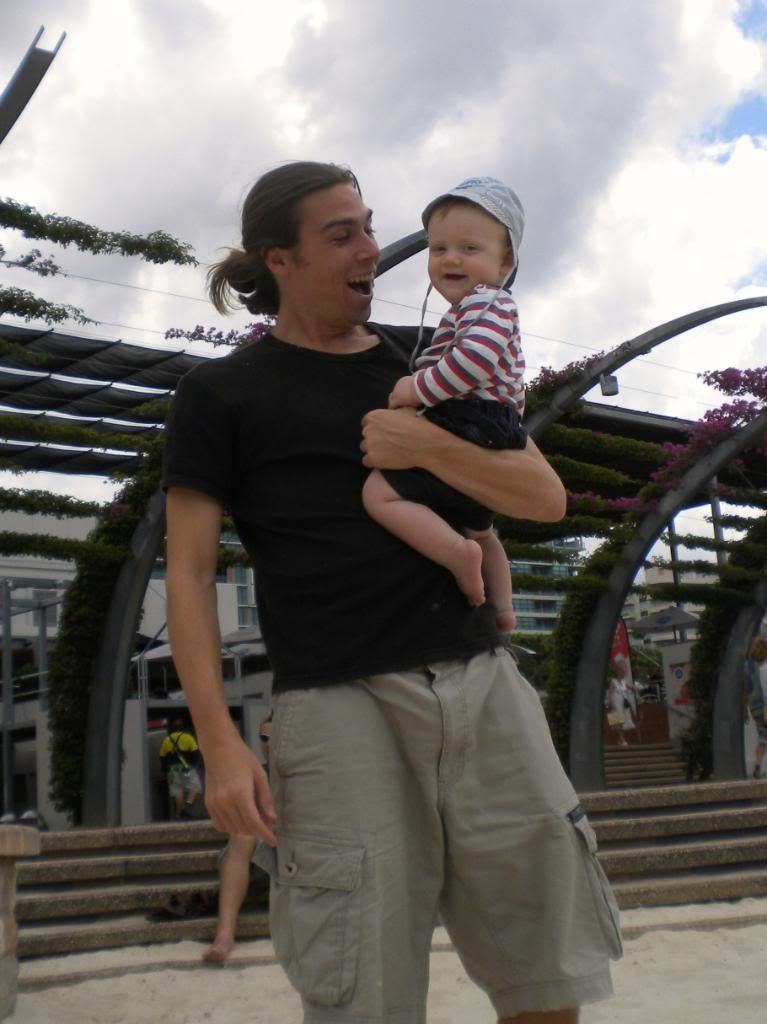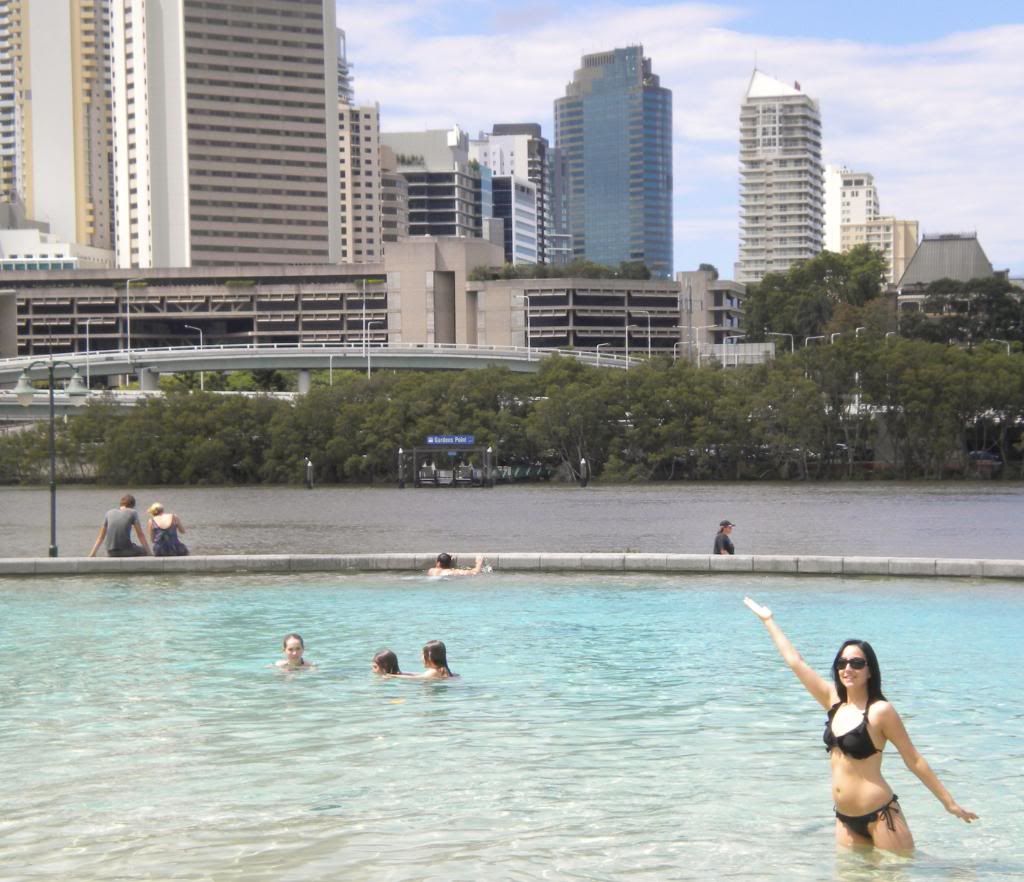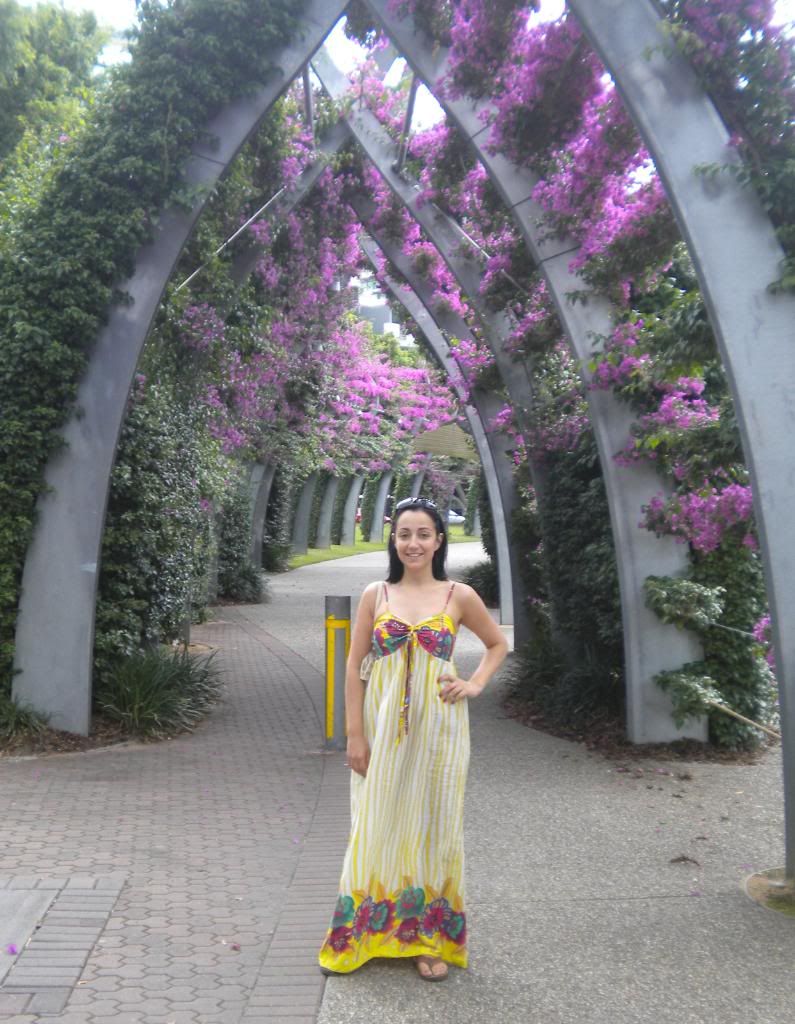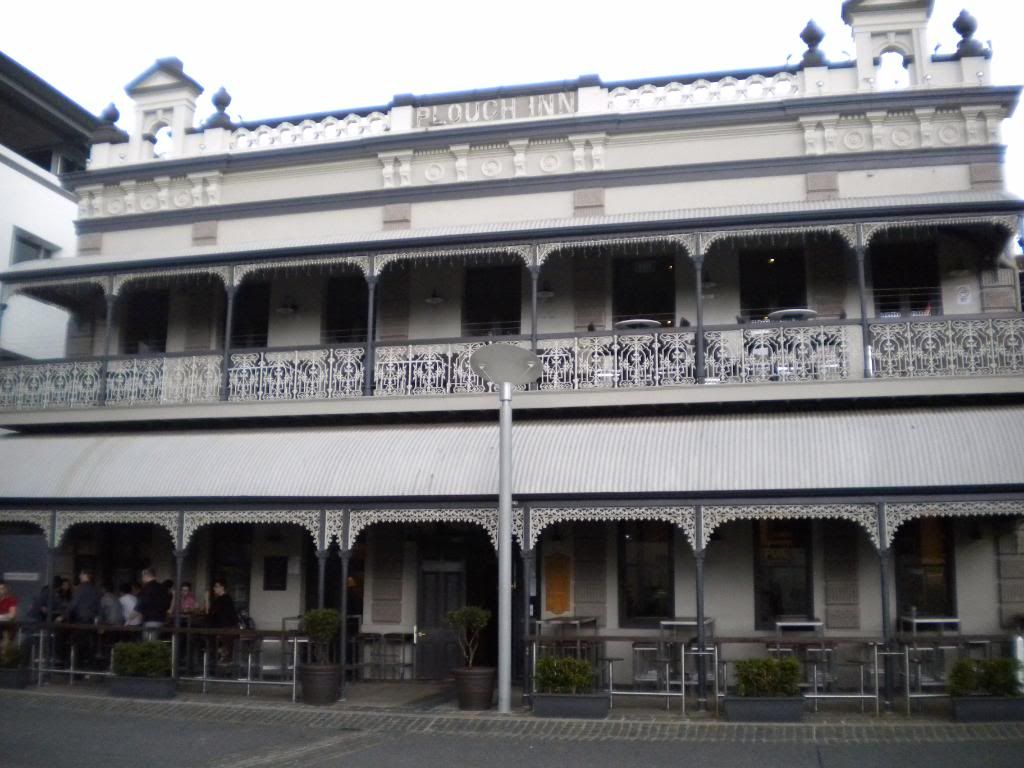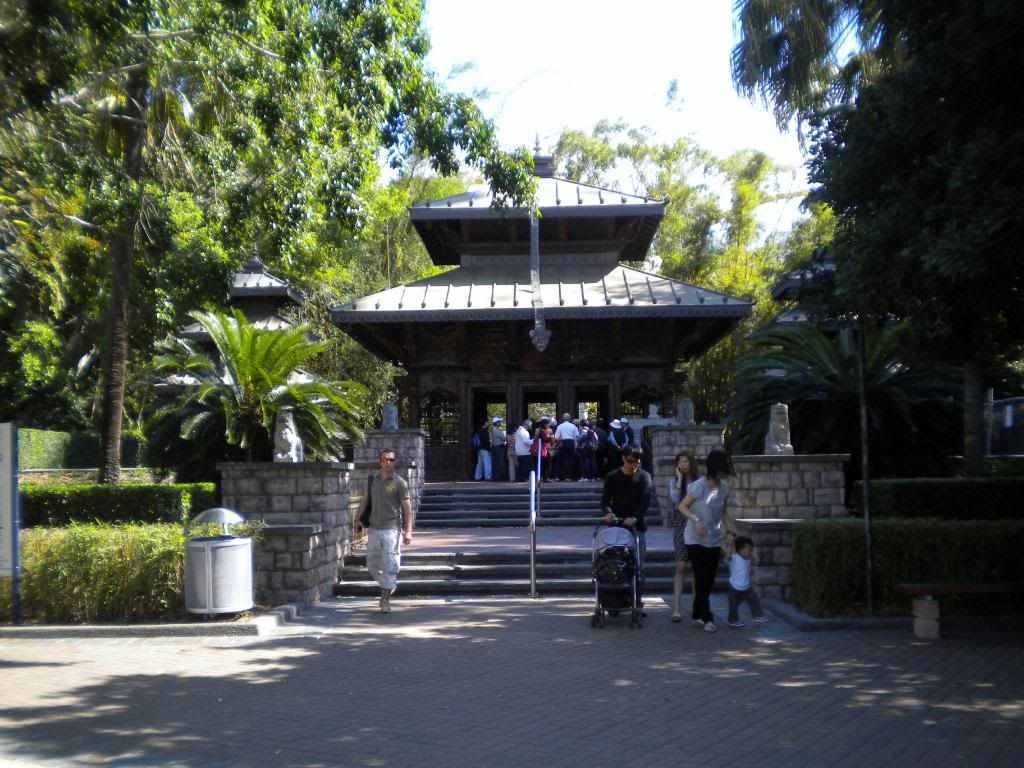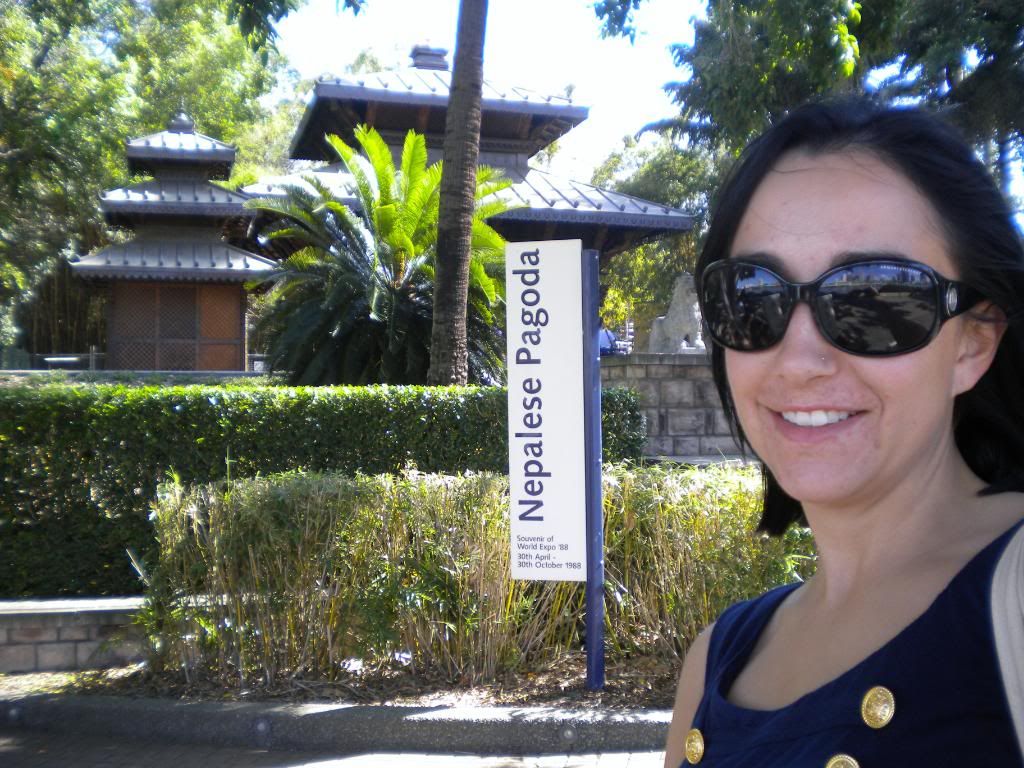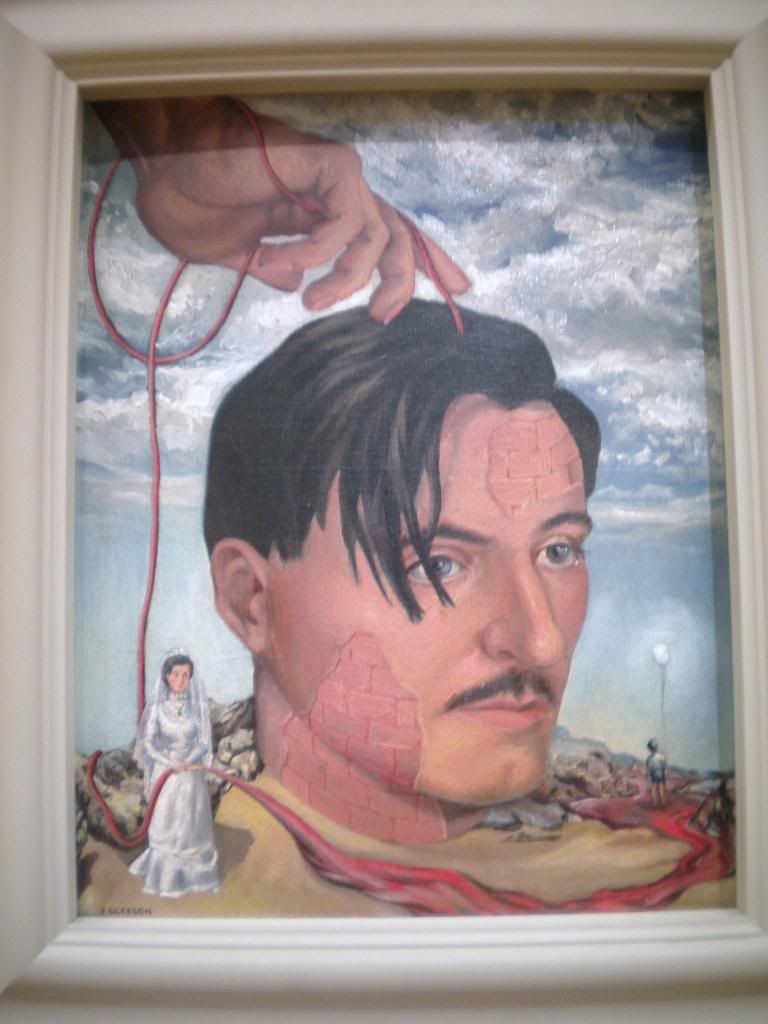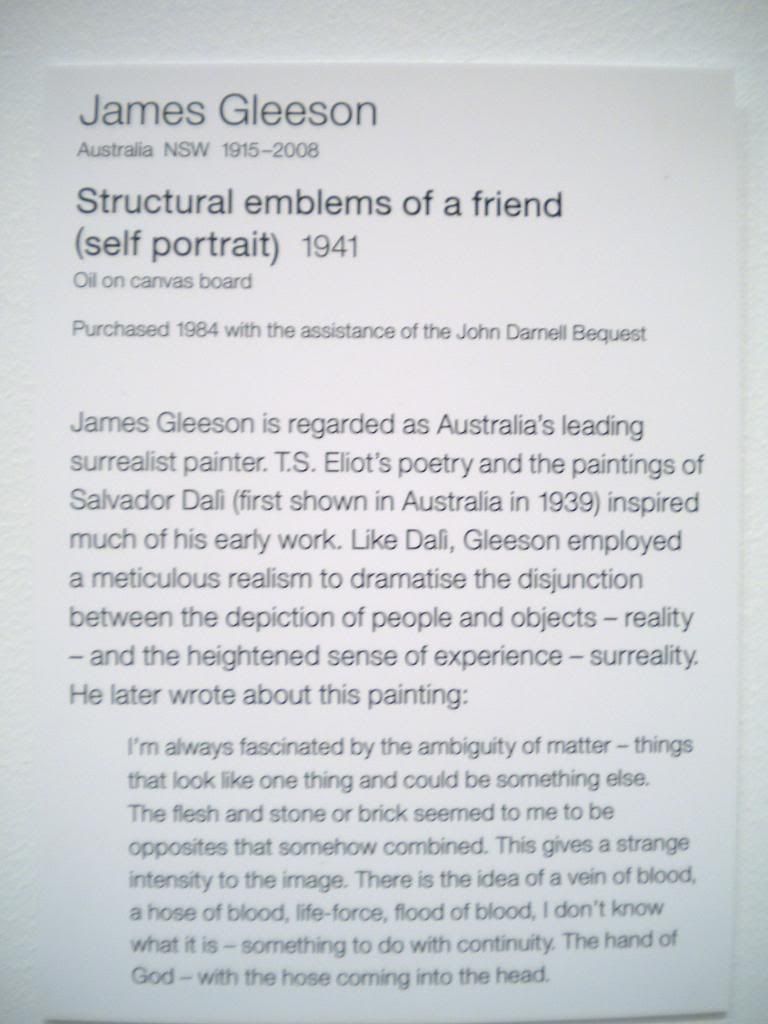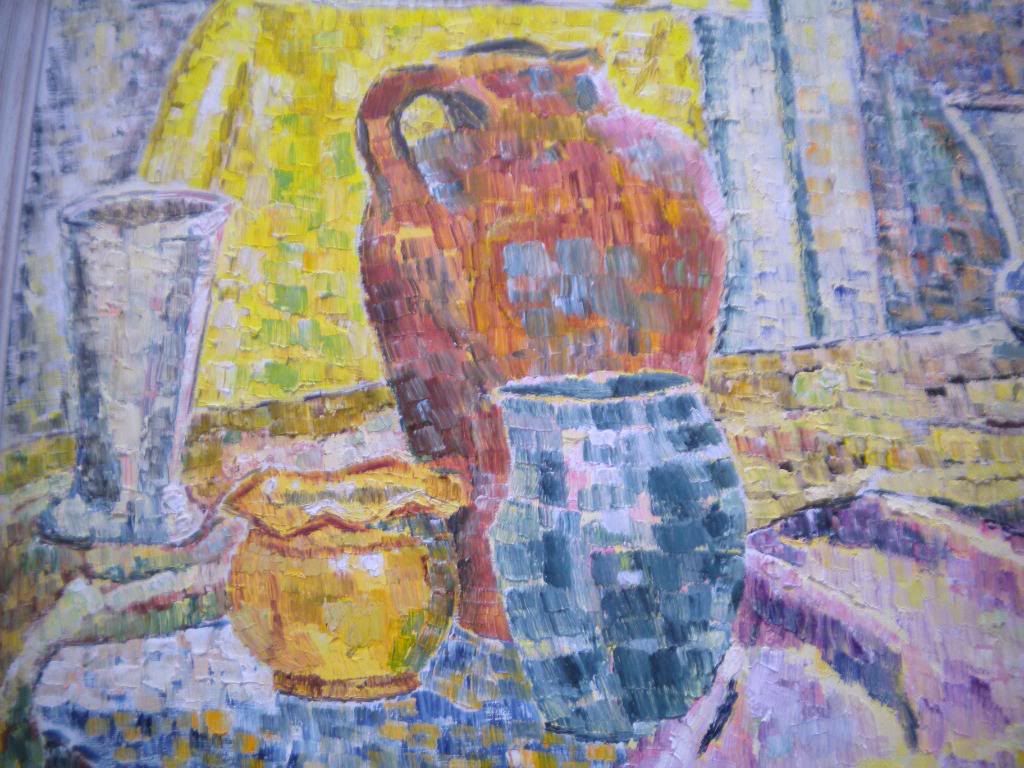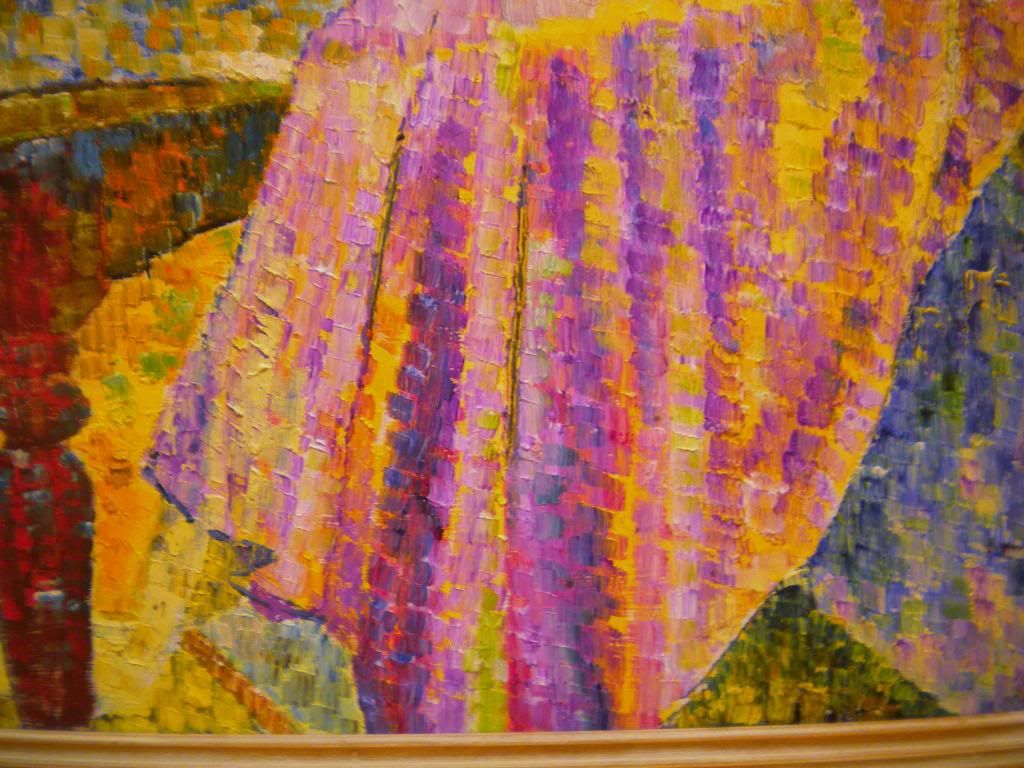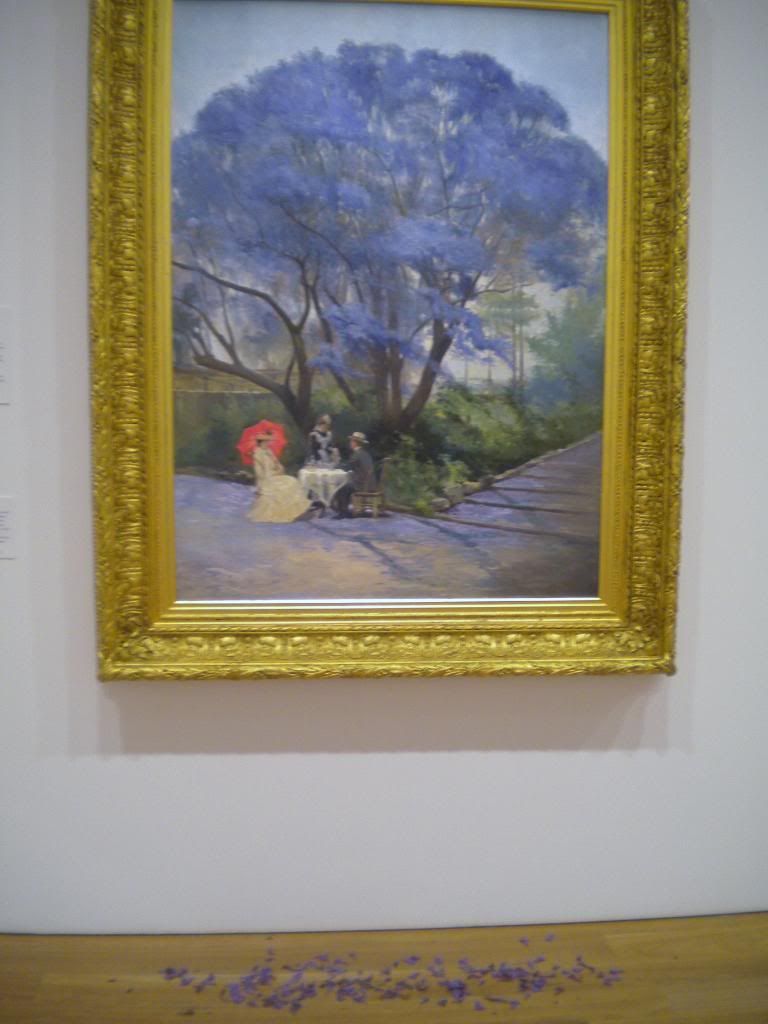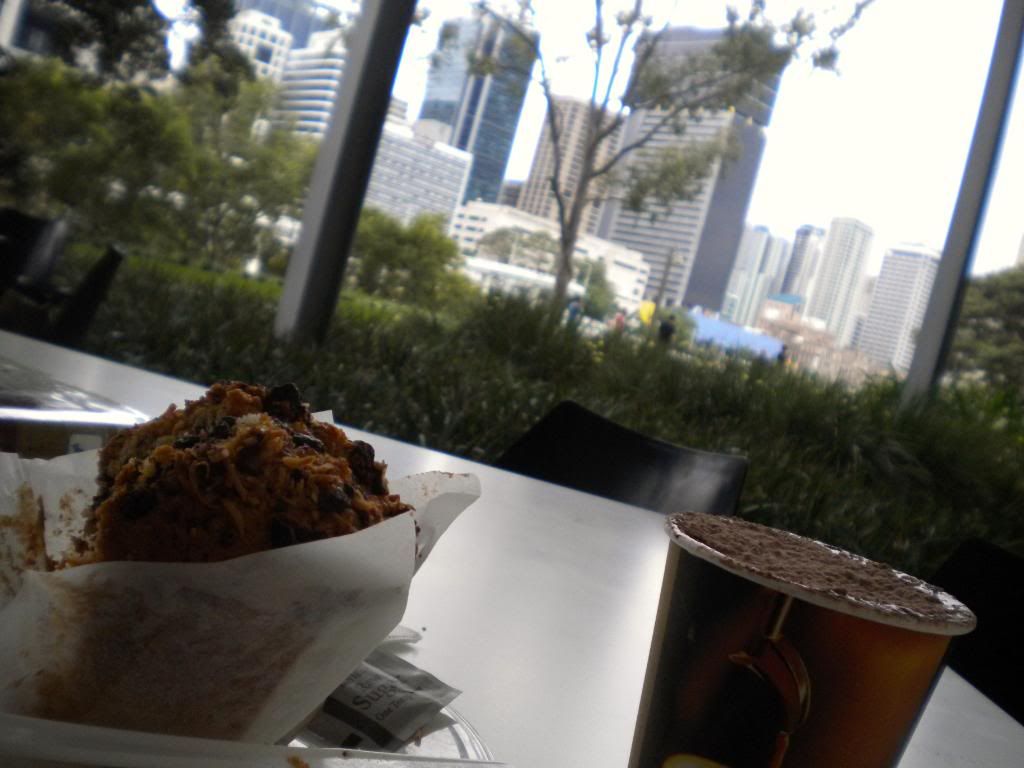This post is for you Aunt Neva!!! Love you!!!
Symphony at the Sydney Opera House
TCHAIKOVSKY’S FIRST PIANO CONCERTO
Wednesday, October 20th 2010 | 6:30pm
Richard Gill |Conductor (Stanhope and Piano Concerto)
Thomas Ades |Conductor (Ades and Nutcracker)
Maxwell Foster| Piano
Sydney Sinfonia – Side-by-Side with the Sydney Symphony (Ades and Nutcarcker)
Situated on Bennelong Point and overlooking Sydney Harbor, the Sydney Opera House is one of the most recognizable buildings in the world. The architecture is expressionist and people have said it is meant to appear like sails on a boat or sea shells from the sea. At the furthest point of the building surrounded on three sides by the harbor is a smaller “sea shell” façade called the Northern Foyer. This is where Paul Stanhope held the pre-concert talk among breathtaking views including that of the Sydney Harbor Bridge.
The pre-concert talk was given to a fairly large group of people, over one-hundred. The audience mainly consisted of a school group who were all wearing their school uniform and sitting on the purple carpet steps opposite the large glass window facing the harbor. Stanhope gave a brief history of Tchaikovsky’s influence in choosing instruments in his suite, noting the influences came from France. I found the composer’s attire as interesting as his discussion. He was dressed in a green graphic t-shirt worn under a black coat and pants suit. He played a few seconds of the sugar plum fairy section thru a stereo over the loud speaker and spoke about the instruments and celestial tones. He then played the Chinese dance section with mostly high sounds and asked the audience if they could recognize the main instruments being played. Many people guessed but the correct answer was the piccolo.
Stanhope discussed the sounds and influences found in his Fantasia on a Theme of Vaughn Williams (listed first on the playbill) and those found in Asyla (performed after the interval). He described Fantasia as a “contemporary odyssey piece that is a single movement played without pause but with six recognizable sections”. He described Asyla with “the shrill flavor of club music and reference to techno styles” coupled together. It refers to forms of popular music in several sections, decreeing the song polystylistic. To better understand the influence we listened to the sounds of refuge and madness from Stravinsky’s Asyla or “asylum”. The resonance and echoes made one feel creepy and empty then the music turned to soft and graceful, hence the naming of Asyla.
As I sat in the Sydney Opera House Concert Hall I took note of the magenta seats and the weird circle things floating from the ceiling I assumed was for better acoustics. Musicians of all ages from late twenties to early sixties were tuning their instruments. The concert was introduced by Andrew Ford, an award winning composer, writer, and broadcaster who is also the presenter of The Music Show on ABC Radio National.
The evening began with a crazy explosion of sound from the trumpet and French horn sections and then into smooth flute and violin melodies with low tones coming from the cello and double bass. The melody of Fantasia was difficult for me to discover because of the random cow bell and hand drums that were played with a drumstick. Finally I heard the melody coming together with the sound of the trumpets. I feel the atmosphere created with the sound was simple and peasant like, very organic. An interesting side note was when a foot long heavy silver chain was slowly dropped on top of a large hand drum to create an interesting urban sound. The next clear section was the double bass and symbols. When paired they create a smooth jazzy note with melodies laden with the xylophone and trumpet. The section finished with violin and into the next section with the flute and loud trumpet. As the concert was playing I tried to hear the club references. I did not think any sound was particularly obvious but I could comment on the intense drum beats that sounded like a good club song. The final sound was that of the thick chain falling on a drum.
The next piece of the evening was Pytor Ilyich Tchaikovsky’s Piano Concert No. 1 in B flat minor, Op.23 with Maxwell Foster as the piano soloist. The melody in the beginning was beautiful and recognizable to many. I kept waiting to hear the melody reappear later in one of the later sections but it never returned. The entire time I just kept staring at the keys, watching Foster’s hands move up and down fast and fluidly dancing. It was as if they were floating on the surface just barley tickling the keys and the piano was giggling with sounds of harmony. I lost track of time or which movement we were in, for a moment there was no piano, only the flute and drum. When the piano tones reentered, my eyes literally watered and I felt as though I had a lump in my throat. The music was absolutely beautiful. The violin and piano complement each other well in this piece and mimicked each other’s sounds gracefully. I thoroughly enjoyed this piece as it was my favorite of the evening.
Following a short interval the Sinfonia joined the Symphony and the stage was overflowing with musicians and their instruments. The first piece played was Thomas Ades’ Asyla. The beginning sounded like a theme for a haunted house followed by sweet sounds and back to crazy. About this time in the performance I began to notice the conductor. He is much more fluid, involved and animated than the first conductor was. The second movement began on a much happier note followed by what I describe as dreamlike with sounds one would hear swimming at the bottom of a lake inside a cave.
I felt like the transition between movements was rather abrupt and came to a full stop. The sound was not so much club music but more likely in the house beat genre. However, I agree both are acceptable. The main element that exemplified the so called club music influence would have to have been the drum beats. Take the drums out and the sound would be creepy with a lot of loud noise rather than music. The next movement was transformed into a big band sort of tone. Such as the music found in the streets of New Orleans with drums, trumpet, and double bass. The final sounds of piano sounded pop-like and in the finale a bag of a ten-piece silverware set was dropped on a drum.
The final piece of the evening and the most exciting part of the night was Tchaikovsky’s Nutcracker: Suite No. 1. The suite began the same way as it would for the ballet. A feeling of nostalgia swept over me at the sound of the first few bars. I could imagine dancers on the crowded stage. The second movement may very well be my favorite until I heard and remembered the third and so on. The sweet rhythms and melodies of the Nutcracker suite were dreamlike and sweet as my mind wandered into thoughts of sugar plum fairies.
The acoustics within the Concert Hall at the Sydney Opera House were so great that even the clapping at the end of the show sounded fabulous. I loved the set for the show as I felt they fit well together. I was very happy with the evening and was already planning my return.

